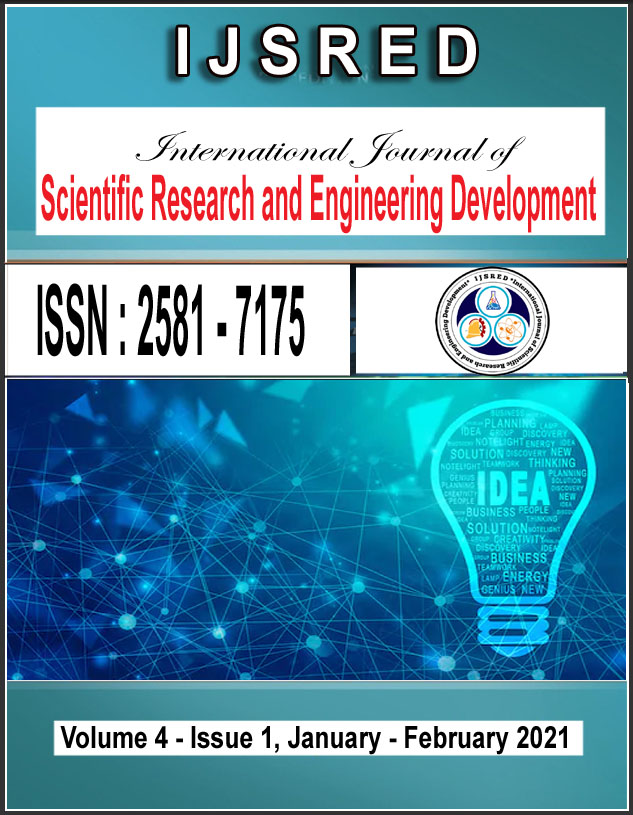 |
International Journal of Scientific Research and Engineering Development( International Peer Reviewed Open Access Journal ) ISSN [ Online ] : 2581 - 7175 |

KCNJ11: Genetic Polymorphisms and Risk of Maturity Onset Diabetes of the Young (MODY) and Early-onset type 2 Diabetes
 |
International Journal of Scientific Research and Engineering Development (IJSRED) | |
| Published Issue : Volume-4 Issue-1 | ||
| Year of Publication : 2021 | ||
| Unique Identification Number : IJSRED-V4I1P69 | ||
| Authors : Said Trhanint, Laila Bouguenouch, Ihssane El bouchikhi, Mohamed Ahakoud, Sana Abourazzak, Hanan El ouahabi, Hanane Latrech, Karim Ouldim, Lahsen El Ghadraoui, Nadia Maazouzi |
||
Abstract :
Background: KCNJ 11 gene encodes the Kir 6.2 subunit of ATP- sensitive potassium channel which is a critical regulator of pancreatic beta-cell insulin secretion. Genetic screening and analyses have helped several patient carrying mutations in the KCNJ11 and ABCC8 genes to shift from insulin treatment to oral sulphonylurea drugs.The ATP-sensitive potassium channel plays a central role in stimulating the secretion of insulin in response to glucose by the beta-pancreatic cells. Heterozygous activating mutations in KCNJ11 have been reported as a cause of not only permanent neonatal diabetes, but also MODY and adult-onset diabetes in a number of studies.Methods: We performed a Sanger sequencing investigation of KCNJ11 exon and promoter. We report a Moroccan family of three generations with several cases affected by this disease.Results: The index case is a patient who presented hyperglycemia (12.94 mmol / L, without ketosis) requiring a continuous insulin infusion and with a normal body mass index (BMI). Genetic analysis revealed three variants V337I, E23K and S385C, previously reported in the literature. Two variants were also identified in the mother with type 2 diabetes, with a transmission model suggesting a dominant inheritance Conclusions: Sequencing of the KCNJ11a gene leads to a correct molecular diagnosis of diabetes, while bioinformatics analysis has indicated the possible molecular causes of the dysfunction of KCNJ11. Knowledge of molecular diagnosis has made it possible to provide appropriate therapeutic care for this patient.Sanger sequencing is the most reliable method for MODY diagnosis. A correct molecular diagnosis helps in the optimal treatment of disease.
